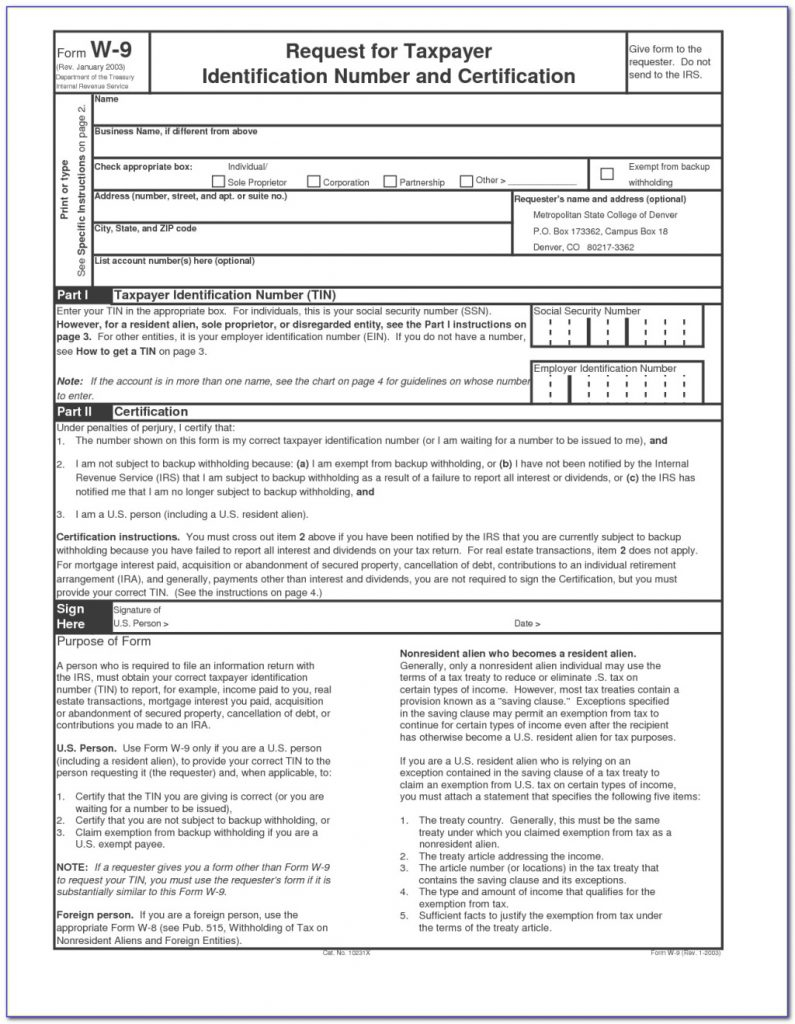
Unnecessary note-taking aside, this is such a simple inclusion in educational literature that I personally find incredibly useful. Luke also very kindly provides a checklist of key points and takeaways at the end of each chapter, although I only discovered this when I already had a chapter's worth of notes. There are also suggestions on how to protect users from encountering as many issues as possible, while allowing them to painlessly recover when they do. The book is packed with actionable advice to help designers keep their users aware of their tasks and informed of their progress. With so many constraints to consider, there is rarely a single 'right' answer to any form-related question, but this book helps arm the reader with the tools needed to select the right solution at the right time. Web forms often masquerade as simple interfaces, despite being anything but. Web Form Design: Filling in the blanks - Author "What we want to do is to vote, apply for a job, buy a book online, join a group, or get a rebate back from a recent purchase.

Another valuable and often forgotten lesson taught is to remove what is unnecessary that the best choice we have is to ask nothing at all, where we're able to do so. The issue of 'inside out' thinking, where organisations or databases are given a public-facing veneer, is cautioned against repeatedly. The book doesn't simply teach the reader what to do, but just as importantly what not to. Alongside the technical explanations, the importance of clarity, both in terms of messaging and form structure, is emphasised. No one book, course, article, or experience will bestow expertise in form design upon you, but of the 10,000 hours you'd ultimately invest, those spent taking in Web Form Design: Filling in the Blanks would be some of the most valuable.Įach chapter focuses on a different form-related subject, offering playbook-style explanations of which tools to use, and when, supplemented by the research which led to each recommendation.


While I'm no expert in expertise itself, I'd be confident in saying that an aphorism similar to that of the 80/20 rule, where 80% of the value is generated in 20% of the time, applies too to the honing of a craft. They say it takes an average of 10,000 hours to become an expert in something, though some of those hours will unquestionably be more valuable than others.


 0 kommentar(er)
0 kommentar(er)
